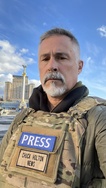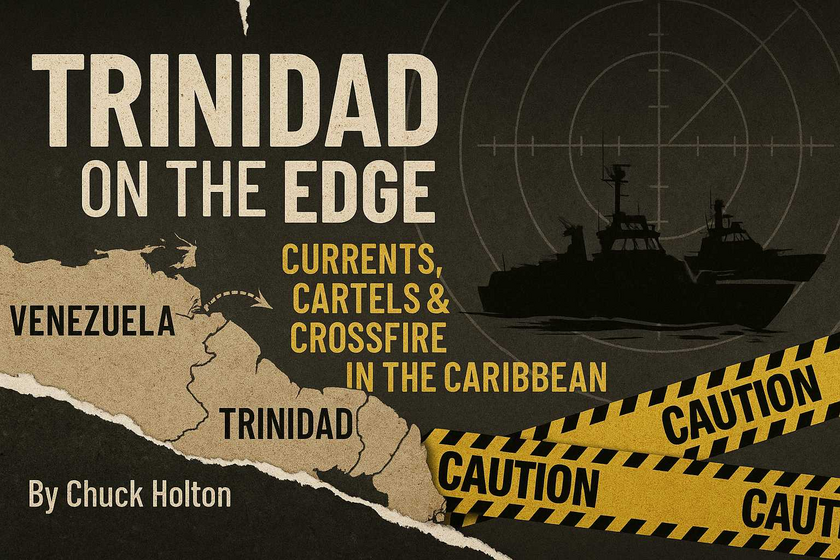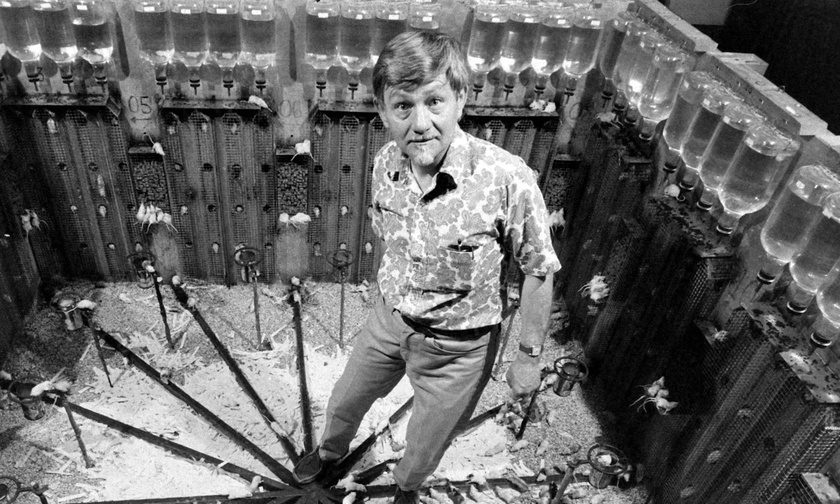A lot came fast in the last 48 hours: reports that Washington may stage a stabilization force on Israel’s side of the Gaza border, and a first-ever White House meeting between President Donald Trump and Syria’s transitional leader, Ahmed al-Sharaa—an ex-jihadist commander turned head of state. Let’s separate noise from signal.
“We’re not putting American brigades in Gaza. The idea on the table is a staging site inside Israel to support a multinational peace force—if, and only if, the political conditions exist.”
—Senior U.S. official, background brief, summarized from regional reporting.
1) Is the U.S. building a base near Gaza?
Multiple Israeli outlets report Washington is exploring a large facility on Israeli soil adjacent to Gaza to support an international stabilization force once Hamas is out of governance. Early estimates: several thousand personnel with an operating bill around $500 million and a mission centered on staging, training, logistics, and coordination—not a big American garrison living inside the Strip. Key detail: Israel would retain a veto over which nations participate (for example, Ankara’s involvement has been described as a non-starter by Israeli officials).
What this would and wouldn’t mean
Not “boots in Gaza.” The concept situates the facility inside Israel, reducing exposure and leveraging Israeli infrastructure (water, power, secure roads).
International force, U.S.-led coordination. Think liaison-heavy oversight and contractors, not 10–20k U.S. soldiers camping on the fence.
My read: If a force is truly coming, staging it in Israel is the least-bad logistics and security choice. But the U.S. should condition any shovels in the ground on: a firm political framework, Israeli veto authority, strict financial oversight, and hard exit criteria.
“A base near Gaza would mark a shift for Israel, which has typically resisted international security footprints around the Strip.”
2) Trump’s Oval Office with Ahmed al-Sharaa: optics vs. strategy
President Trump welcomed Ahmed al-Sharaa—the Islamist rebel chief whose coalition toppled Bashar al-Assad in late 2024 and now leads Syria’s transitional government—in a first-of-its-kind White House meeting. The session focused on counter-ISIS cooperation, normalization steps, and sanctions relief.
“Today we turn a page. Syria will join the fight to finally extinguish ISIS, and we’ll work with the United States to stabilize our country.”
—Ahmed al-Sharaa, remarks around the visit, as reported by major outlets.
Sanctions: what actually changed?
Washington announced a 180-day partial suspension of Caesar Act sanctions—an extension of earlier limited waivers—to test cooperation while keeping leverage. A full repeal remains a congressional decision.
“The suspension of Caesar Act provisions supports Syria’s economic recovery while preserving accountability tools.”
—U.S. government guidance on the new relief.
Why this matters:
Counter-ISIS math: The U.S. wants to crush ISIS remnants without surging U.S. troops. Al-Sharaa’s forces have been raiding ISIS cells nationwide; Washington is testing whether that can scale with joint targeting and intel sharing.
The risk: We’ve played “enemy-of-my-enemy” before. Tactical wins can mint tomorrow’s adversary. Guardrails—snapback sanctions, human-rights baselines, and verifiable counter-terror deliverables—are non-negotiable.
3) The detainee powder keg the world keeps ignoring
The ISIS detainee and displaced-person complex in northeast Syria remains a strategic time bomb. The Al-Hol and related camps still hold tens of thousands, including ~9–10k adult males under detention and many foreign nationals. U.S. commanders warn the sites remain radicalization incubators and breakout targets, urging rapid repatriation and adjudication.
“Repatriating vulnerable populations before they are radicalized is not just compassion—it’s a decisive blow against ISIS’s ability to regenerate.”
—U.S. Central Command statement.
If the U.S. is going to empower Damascus against ISIS, then the deal must include:
A concrete detainee plan (due process or transfer to secure, internationally supervised facilities),
Verified persecution safeguards for minorities, and
Independent monitoring tied to sanctions snapback.
4) So where does this leave us?
A Gaza-adjacent staging base is being explored—not green-lit—and only makes sense with clear political conditions, Israeli veto power, and airtight oversight.
The Trump–al-Sharaa meeting marks a strategic gamble: squeeze ISIS using new Syrian partners while keeping Washington’s hand on the sanctions lever. The test is whether Damascus can deliver sustained counter-ISIS results without reverting to old habits.
“Short-term, this could accelerate ISIS’s defeat; long-term, it will only work if the guardrails hold.”
Sources for further reading
AP: Trump hosts Syria’s al-Sharaa for a first-of-its-kind meeting. AP News
The Guardian: US declares partial suspension of sanctions after historic meeting. The Guardian
Times of Israel liveblog: US said planning major base near Gaza (est. $500M, several thousand troops). The Times of Israel






























